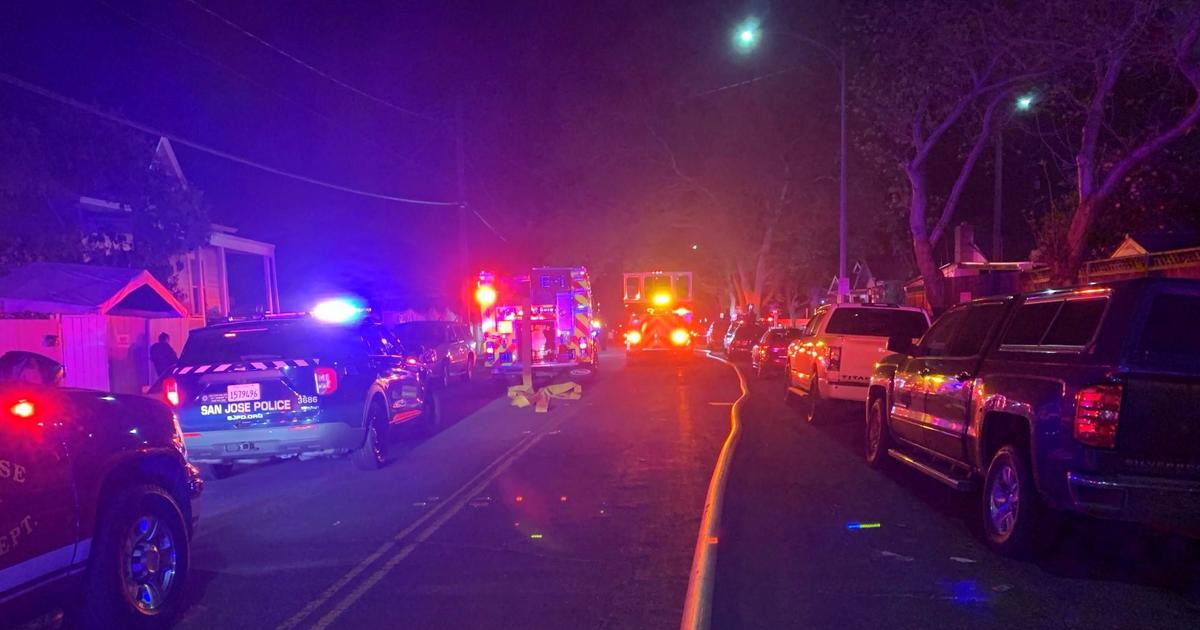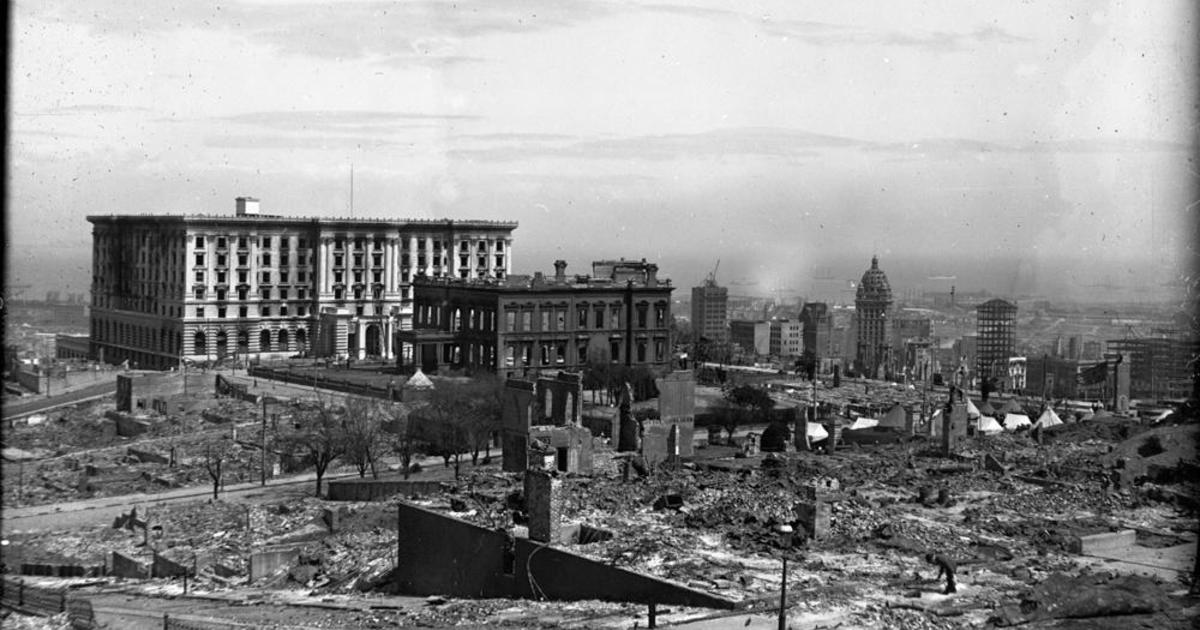'Home Hardening' Seen As Next Level Protection In Age Of Constant Wildfires
NAPA (KPIX 5) -- With more devastating wildfires in the last several years in California, homeowners are doing much more to increase their chances of saving their homes from burning down.
Mike, who prefers to use his first name only, had his hard work pay off two years ago when his home in a woded neighborhood on the east side of Napa survived wind-whipped embers from the Atlas Fire.
"I was trying to create a landscape and a home that would not need a fire engine to be here," he said.
Retired Cal Fire staff chief Dave Shew, now a consultant with Wildfire DefenseWorks, helps folks protect their homes in fire-prone areas using landscaping, structural factors and materials.
It's called "home hardening," and Shew said Mike's house is a good example.
"That is the whole concept behind home hardening," explained Shew. "It's reducing the impacts of a wildfire as it burns across your community and property."
Mike works with Cal Fire and did a lot of work when he bought his house. He trimmed low-lying branches from the oak trees to reduce fire fuel and cleared junipers from the front yard. Junipers are highly flammable because of the oils in the plant, and the dead wood that accumulates under the surface.
"Firefighters actually call it 'green gasoline,'" said Mike.
For fire resistance, he switched from single- to double-paned windows, closed the eaves so embers can't fly into the attic, and put in a Class A roof, which is one comprised of metal, tile or asphalt shingles.
He also replaced the wooden deck with composite material, substituted corrugated fiberglass with corrugated metal over the patio, cleared the gutters and roofline where embers can ignite dried leaves, and avoided using flammable bark mulch for landscaping.
"One little ember can ignite a home, so you have to think down to that level of where those embers will collect," said.
Home hardening takes a lot of work but Shew says an easy way to start is look for where the leaves collect around your house on a windy day, and clean up.
"When you have a firestorm, blowing embers ahead of a storm, those embers are going to want to blow around and accumulate in exactly the area as you see leaves and debris accumulate around your house today," said Shew.
As for Mike, he's not done. Next, he wants to replace the wood siding with stucco or other flame-resistant composite. The project could cost tens of thousands of dollars, so he'll do it when he can afford it.
"It goes a long way," he said.
He also noted that homeowners do not have to do away with all the vegetation on your property in order to make it fire-resistant: you can landscape it into a park-like setting, with plenty of fuel breaks and still enjoy the beauty of living in a wooded area.



